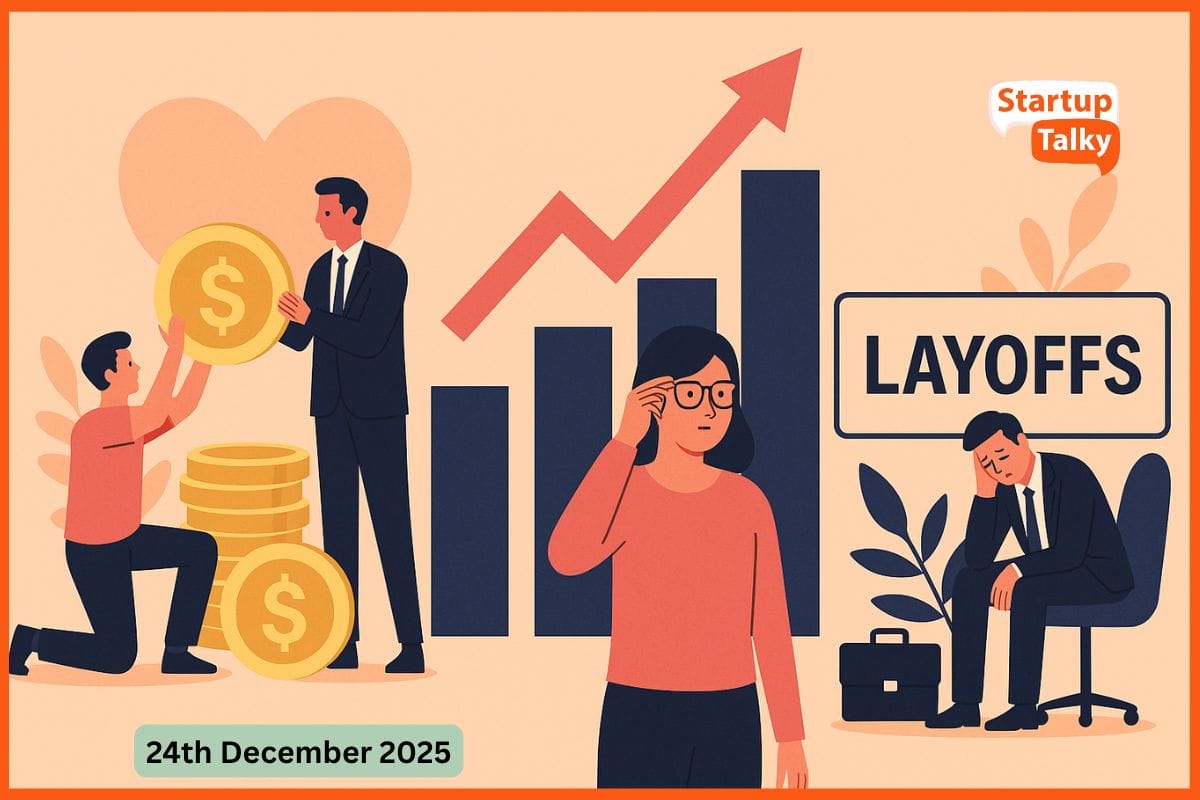What's the Reason Behind Historic Fall in Indian Markets?

The Indian stock markets took a sudden hit on Monday, with the Sensex crashing by 2,226.79 points to hit 73,137.90 and the Nifty falling by 742.85 points to 22,161.60. This sharp downturn followed intensifying trade disputes after U.S. President Donald Trump announced that he would impose hefty tariffs on all of America's trade partners. Increased global economic uncertainty, especially the fear that countries like China, Canada, and Mexico will retaliate, has investors spooked.
This was not an isolated downturn. It hit markets all over the world, and especially, it seems, in Asia and the US. Japan's index slumped 8%, while China's dropped by 10%. Wall Street, already on shaky ground, saw the S&P 500 fall 6% and the Dow Jones shed over 2,000 points on Friday, marking its worst performance since the early days of the COVID-19 pandemic.
Tech and Export - Driven Stocks Take a Hit
Sectors at home that depend a great deal on international markets, especially Information Technology and manufacturing, really got hit hard by the selloff. Tata Steel was down by more than 9 percent, and Tata Motors was down more than 8 percent. Other major laggards included Infosys, HCL Technologies, ICICI Bank, Axis Bank, Kotak Mahindra Bank, and Reliance Industries. The United States is a major market for Indian IT services and for exports of engineering work, and fears of rising tariffs on such goods certainly didn't help. Those sectors also weakened.
The wider issue is that a prolonged trade dispute could push up costs, squeeze profits, and slow demand around the world. With earnings season looming, many investors have taken to recalibrating the forecast for corporate profit margins in the immediate future.
Inflation and Recession: A Dual Threat
The timing of the tariff escalation couldn't be worse. Inflationary concerns are already on the radar, and the new trade restrictions are expected to push consumer prices even higher. Analysts believe that costlier imports, from raw materials to finished goods, will either eat into company margins or be passed on to consumers, worsening inflation.
Federal Reserve Chair Jerome Powell conceded that the new tariffs are higher than expected and pointed to the danger of them causing both inflation to rise and growth to slow. At the same time, investors are bracing for the next installment of US consumer price data; the working assumption is that the report will show a 0.3% monthly increase for March. Analysts are also bracing for some disarray in the forward earnings guidance that companies will provide; with so much uncertainty now, it seems likely that fewer companies than usual will feel able to offer that kind of guidance.
What Lies Ahead for Indian Investors
Despite the fear in the air, market specialists told anxious investors not to panic and to stick with their investments. We are advising our clients not to react in a knee-jerk fashion, and instead, to continue with a disciplined approach to investing, said Pranay Aggarwal, head of Stoxkart. He went on to say that such an approach would include:
- Not stopping SIPs
- Looking for opportunities to buy quality stocks when markets course correct
- Have a diversified portfolio.
The road ahead is bumpy, but investors must remember that painful corrections are part of the long-term investing experience. As international events develop, Indian markets will react to them, demanding even greater levels of vigilance, patience, and strategic positioning from the investor.
Must have tools for startups - Recommended by StartupTalky
- Convert Visitors into Leads- SeizeLead
- Website Builder SquareSpace
- Manage your business Smoothly Google Business Suite




